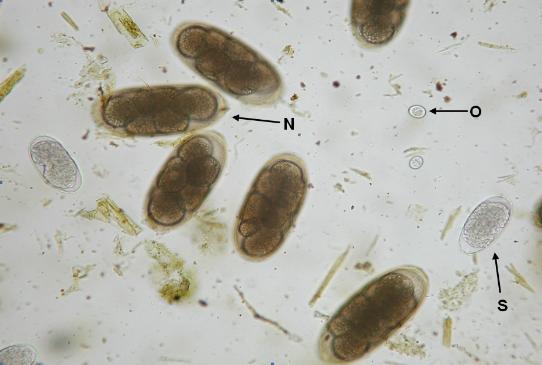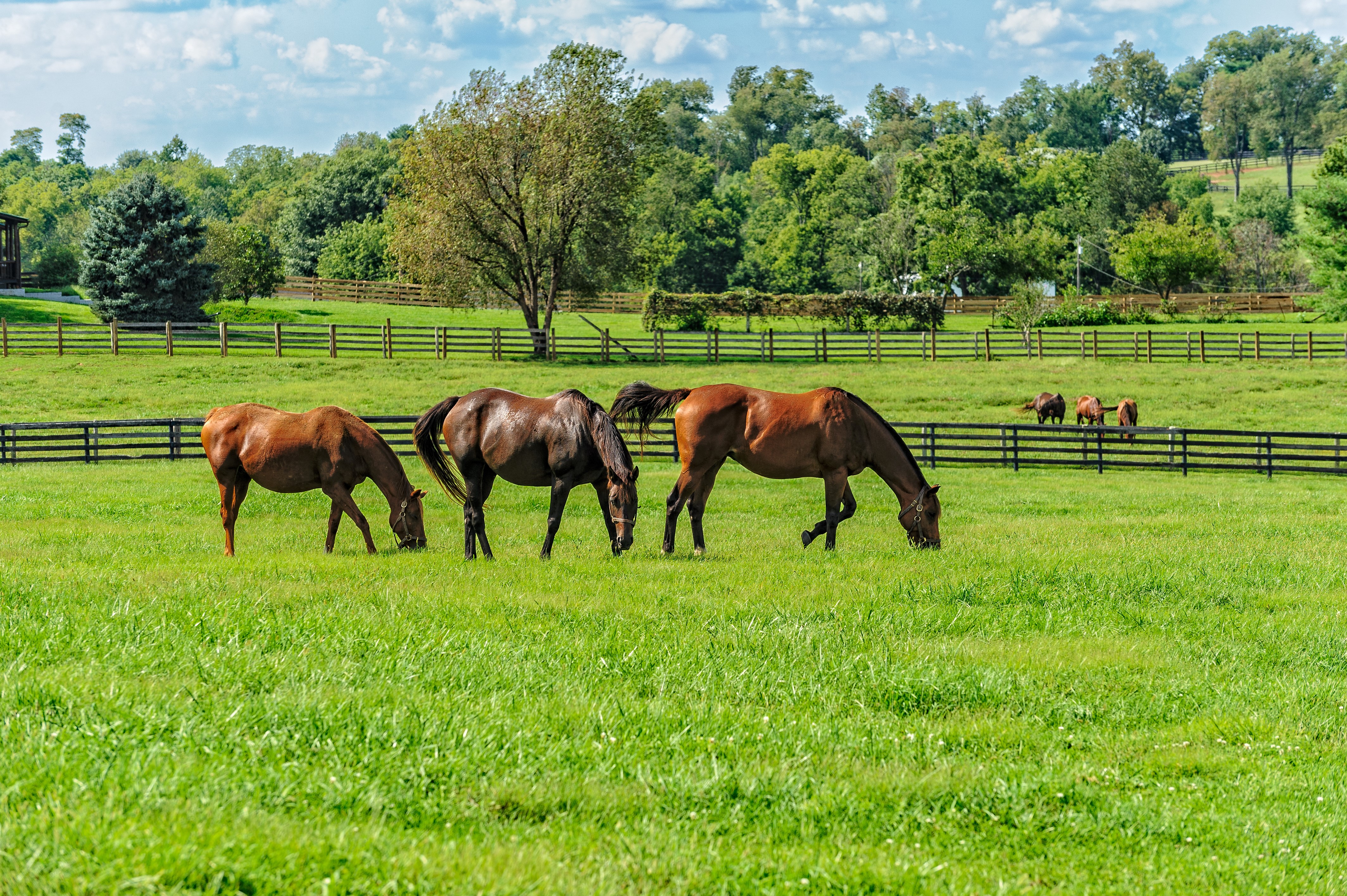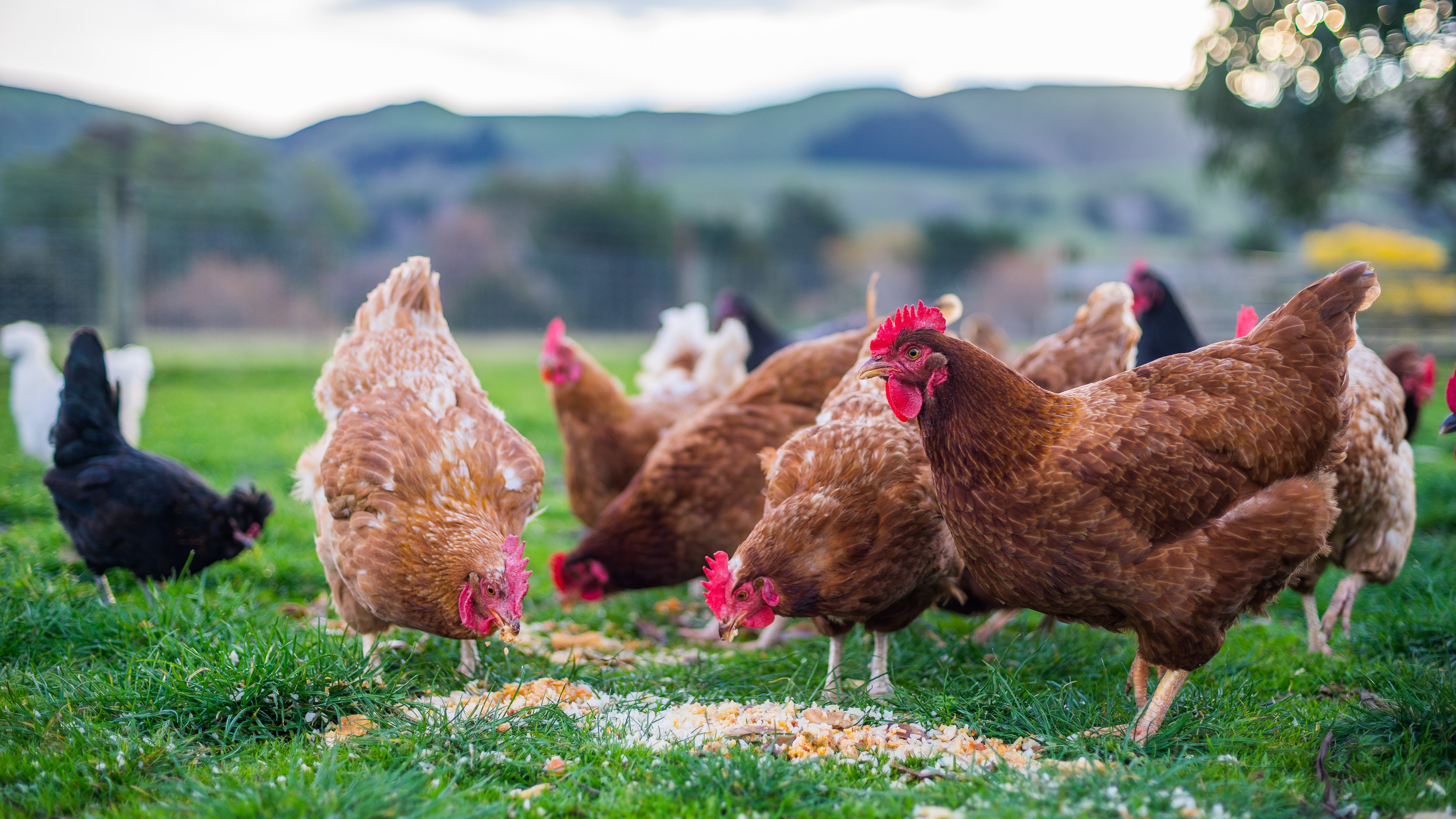Nematodirus in Lambs
Nematodirus and DAFM “forecasting”
Introduction
Although there are a number of Nematodirus species which can potentially affect sheep (e.g. N. filicollis, N. spathiger and N. battus), by far the most important of these is N. battus. This species can give rise to a severe disease in lambs six to twelve weeks of age characterised by scouring and dehydration.
Life Cycle
The life cycle of N. battus is dissimilar to that of other roundworms, in that it takes almost a year before the egg hatches releasing the infective third stage larvae. Typically there is a mass hatch of eggs in late spring or early summer (April – June) leading to a buildup of infective larvae on pasture, although hatching can also occur at other times of the year (e.g. autumn). Hatching occurs when soil temperatures increase (mean day/night temperature of > 10°C) after an extended period of cold weather. Therefore, there is usually only one generation of infective larvae present on pasture each year.
Epidemiology
Although the infection can be regarded as passing from one lamb crop to the following year’s crop, the age at which lambs are exposed to this ‘mass hatch of eggs’ ultimately influences the clinical outcome in a given year. If suitable conditions for hatching of N. battus eggs exist early in spring when lambs are still predominantly reliant on milk produced by the ewe (< 6 weeks of age) as their main source of nutrition, the risk of disease is minimal. Similarly, if hatching of N. battus is delayed, lambs (> 12 weeks of age) may have developed an innate resistance.
Pathogenesis and Clinical Signs
After ingestion of Nematodirus larvae, the damage caused to the intestinal mucosa can lead to poor nutrient transfer resulting in clinical signs of diarrhoea, dehydration and sudden weight loss. Mortality can be high in untreated lambs. In outbreak scenarios, lambs can be seen congregating around water troughs due to the severe thirst that develops, while the ewes which are unaffected continue to graze.
Farmers need to be aware that other parasites, such as coccidia, may be solely responsible for the diarrhoea seen in their young lambs or may be adding to the effects of the pre-existing Nematodirus infection. Therefore, all outbreaks of diarrhoea in lambs should be fully investigated so that suitable treatments and control measures can be advised.
Diagnosis and Disease Forecasting
Most of the pathogenic effects of N. battus are due to the larval stages. Therefore, producers should not rely on faecal egg counting as a basis for deciding when to treat. The ineffectiveness of faecal egg counting with regard to diagnosing N. battus infections (Figure 1) is further compounded by the fact that this nematode is a poor egg producer. As a result, it is difficult to estimate the adult worm burden based on faecal egg counting. Any lambs that die unexpectedly should be submitted to a regional veterinary laboratory for post-mortem examination as death can occur, even before clinical signs become apparent.
Although disease is typically seen in April, May or June it is important that producers take note of the Department of Agriculture, Food and the Marine’s annual Nematodirus forecast. This forecast is based on data collected and analysed by Met Éireann at 23 weather stations around the country and predicts when the peak hatching of Nematodirus larvae is likely to occur on pasture in the different regions. Producers can use this information as a basis for deciding when to treat their lambs.
Fig. 1

Treatment and Control
Benzimidazoles (white drenches) are the treatment of choice for Nematodirus infections and are effective against both larval and adult stages. The use of this anthelmintic class as the first choice treatment option will also help to reduce the exposure of the other anthelmintic classes (e.g. macrocyclic lactones) to worms such as Trichostrongylus and Teladorsagia at a point in the grazing season when treatment for these may not be necessary. This will help to sustain their effectiveness. This is of even greater importance on farms with pre-existing issues of benzimidazole resistance by the common stomach/intestinal roundworms.
Currently, there are no drenches with an effective residual activity against Nematodirus. As a result, lambs can become re-infected with Nematodirus larvae. Thus, repeated anthelmintic treatments at two to three week intervals may sometimes be necessary.
With regards to disease control, producers are advised where possible to keep the current year’s lambs off pasture that was grazed by lambs or young calves in the previous year. If there is only limited ‘clean’ pasture available (i.e. land not grazed by lambs/calves the previous year), twin lambs, or single lambs born to ewes with poor milking ability, should be given preference to this pasture. If they are left on the contaminated pasture they are at a greater risk of disease because they are more likely to begin grazing appreciable amounts of grass earlier in life.






